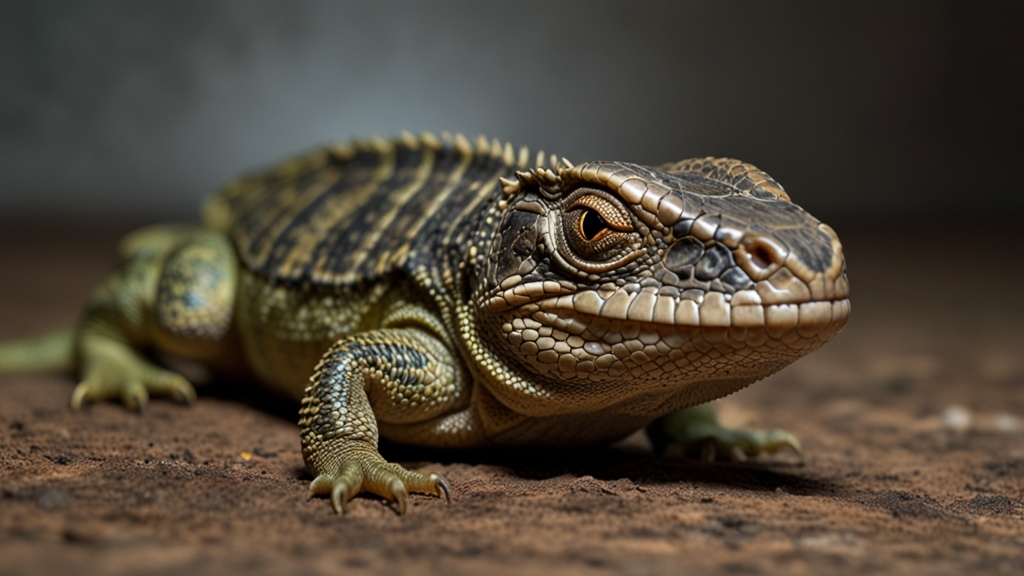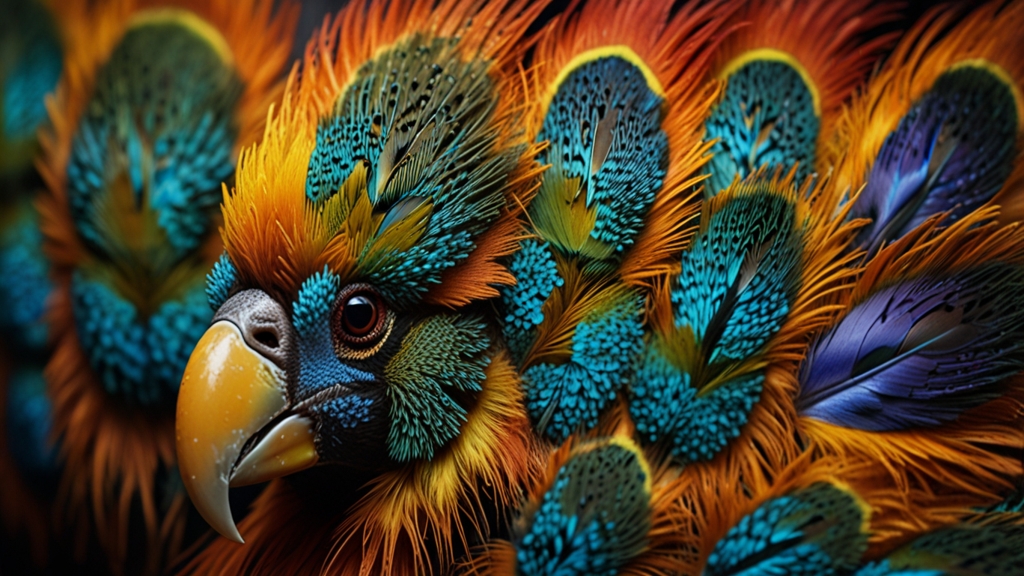The Ocean's Color Palette: How Marine Animals Use Color for Survival
The ocean is often perceived as a vast, homogeneous blue expanse, but beneath the surface lies a vibrant and dynamic world where color plays a crucial role in the survival of marine creatures. From the shimmering scales of fish to the glowing bodies of bioluminescent organisms, color is both a tool and a weapon in the underwater arsenal. This article explores the fascinating ways in which marine animals utilize color to thrive in their watery habitats.
Camouflage: Blending into the Blue
One of the most common uses of color in the marine environment is camouflage. Many species have evolved to blend seamlessly into their surroundings to evade predators. For instance, the common octopus has an incredible ability to change its skin color and texture to mimic the ocean floor, coral, or seaweed. This not only helps it hide from predators but also enables it to sneak up on prey.
The ocean is a vast, complex, and often dangerous place. For many marine animals, the ability to disappear into their surroundings is a matter of life and death.
Similarly, some fish, like the peacock flounder, can change their coloration to match the sea bed. Their ability to adapt their appearance so precisely makes them nearly invisible to both predators and prey.
Bright Warnings: A Signal of Danger
In stark contrast to camouflage, some species use bright, vibrant colors as a warning signal. These colors often serve as a deterrent to potential predators by indicating that the animal is venomous, poisonous, or otherwise dangerous. The blue-ringed octopus is a prime example. Its vivid blue rings are a clear warning to stay away, as its bite can be lethal to humans and other predators.
Another notable example is the lionfish, whose striking banded appearance warns predators of its venomous spines. These visual signals are effective deterrents and play a crucial role in the survival of these species.
Mating and Communication: The Language of Color
Color is also essential for communication among marine animals, particularly during mating rituals. Many species exhibit sexual dimorphism, where males and females have distinctly different colors and patterns. These visual cues are vital for attracting mates and ensuring the continuation of the species. The mandarinfish, with its kaleidoscopic hues, performs an intricate mating dance at dusk, relying on its vibrant colors to entice potential partners.
In the dance of survival, color is more than just a visual trait; it is a language that conveys critical information about identity, health, and suitability as a mate.
Bioluminescence, the ability to produce light biologically, is another fascinating aspect of marine communication. Species like the anglerfish use bioluminescent lures to attract prey, while others, such as the firefly squid, use light displays to communicate with potential mates or to startle predators.
Mimicry: Deception for Survival
Beyond camouflage and warning signals, some marine animals take deception to another level with mimicry. The mimic octopus is renowned for its ability to imitate the appearance and movements of other sea creatures, such as lionfish, flatfish, and even sea snakes. This remarkable talent allows it to deter predators by appearing as something more dangerous or unpalatable than it actually is.
In another example, juvenile razorfish often swim vertically, mimicking the appearance of floating sea grass or debris. This deceptive strategy helps them avoid detection by predators.
Conclusion: The Spectrum of Survival
The ocean’s color palette is a testament to the ingenuity and adaptability of marine life. From the subtle art of camouflage to the bold statements of warning colors and the intricate dance of bioluminescence, color is a vital component of the survival strategies of many sea creatures. By understanding these mechanisms, we gain a deeper appreciation for the complexity and beauty of the underwater world.
As we continue to explore and learn about the ocean’s depths, the role of color in marine ecosystems serves as a vivid reminder of the interconnectedness and diversity of life on our planet. Each hue and pattern tells a story of evolution, adaptation, and survival in the ever-changing marine environment.







